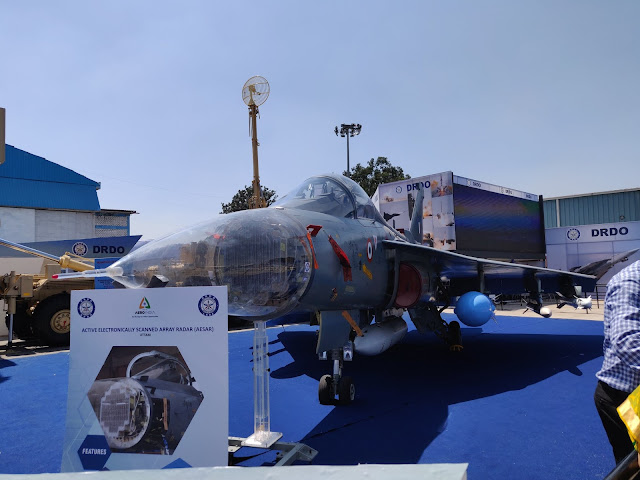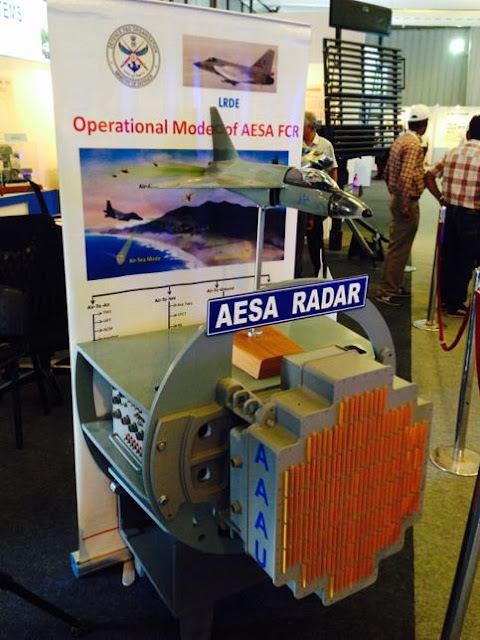Posted a brochure of the Uttam AESAR Fire manipulate System which elements the first picture of UTTAM Aesa Radar present process set up the method on LCA Tejas LSP-2 which has been deputed to lift out flight trials and integration of India’s indigenous Uttam AESA radar.
LRDE already has constructed Three Developmental Prototypes of UTTAM Aesa Radar which had been intensively used and examined from Rooftop and Helicopters in one of a kind modes to consider the overall performance of the Radar in the past. LRDE now has developed Three extra Radars which will be used for Integration and flight trying out software which is possible to begin quickly and will take 2-3 years to complete.
UTTAM has competencies like Identification pal or foe (IFF), digital and conversation assist measures, C-band line-of-sight and Ku-band SATCOM datalinks, etc., comparable to these on the AWACS and Conformal Airborne Early Warning & AMP Control Systems (CAEW) systems. It is being developed for the LCA Mk2 and Mk1 (presumably Mk-1A will be upgraded with the system) and additionally different plane improvements such as the IAF’s Jaguars and MiG-29Ks.

TEAM also has a detection vary of 150kms for 2m2 goal and has the functionality to track at least 20 targets airborne and interact 6 goals with excessive precision at a time. The Uttam has seven hundred T/R modules. It can search one hundred targets, track 20, and pock on 1 goal at a time. To date three prototypes have reportedly been developed. Its weight is one hundred ten kgs and vary would be round a hundred and fifty km. It's enormous quality for a light fighter. LRDE expects to combine it on LCA Tejas Mk2 via the give up of 2019.
The vital modes of operation of the UTTAM radar gadget are the floor surveillance and air surveillance. The sensor has the competencies to search, track-while-scan, precedence tracking, excessive overall performance tracking, etc. In precedence tracking, the objectives will be positioned in full tune mode even if these move the important surveillance area. In excessive overall performance tracking, extra measurements are made to enhance the monitoring accuracy. Utilizing lively aperture technology, the radar presents a fast-beam agile gadget that can function in quite a few modes concurrently.
Hardware has already been realized for this radar which has a range of a hundred km towards small fighter-sized targets and rooftop trying out has been completed. Though the Uttam AESA presently weighs a hundred and twenty kg which is some forty kg greater than the cutting-edge MMR, there will be no trouble in integrating it with the LCA Mk-II which can effortlessly raise a radar of this weight. It is a 3D radar for fighters, an MMR complies with on, the Active Phased Array Radar (APAR) undertaking targets to area an utterly fledged operational AESA hearth manage radar for the predicted Mark-2 model of the Tejas.
AESA in the LCAs will for sure have a decreased range, however, it will be properly built-in inside the IAF network, and provide a quantum science bounce to IAF’s flight capabilities. Notably, the 36 Rafales being obtained by using IAF in the Government-to-Government deal will additionally have the AESA radar, developed by using Thales.
Defense Analysts predict it may take even 5-6 years from the date of graduation of flight trials to clear all modes and all weapons integration into the new indigenous FCR earlier than it can be cleared for production. HAL already has chosen ELTA’s EL/M-2052 AESA Radar for the upcoming upgraded LCA-Tejas MK-1A Variant seeing that it used to be extra or much less verified that indigenous hearth manipulates radar was once not likely to be prepared in time for MK-1A.




Comments
Post a Comment
Please do not enter any spam link in the comment box